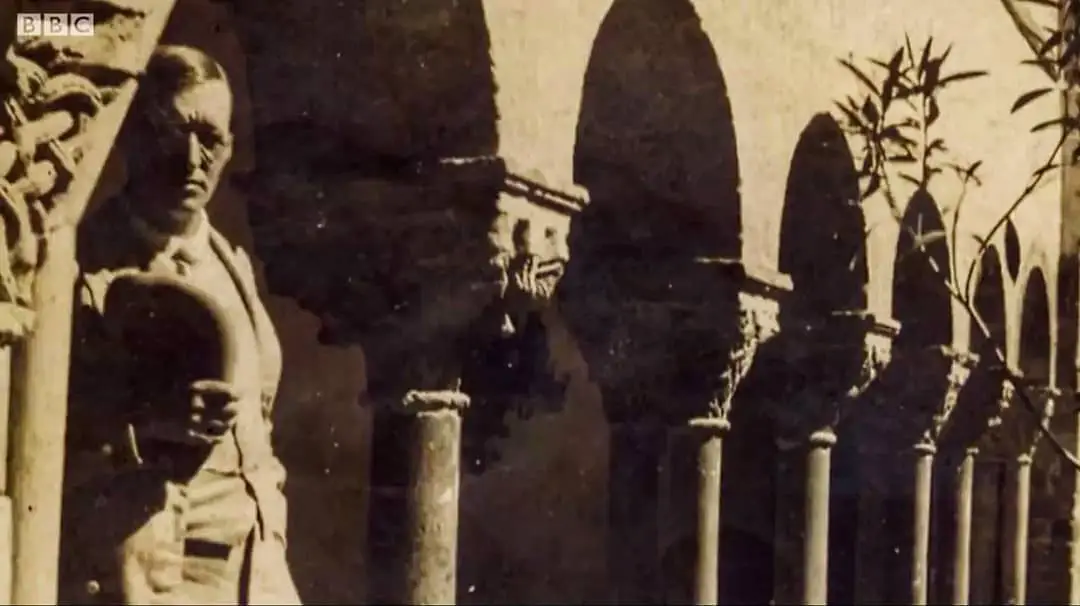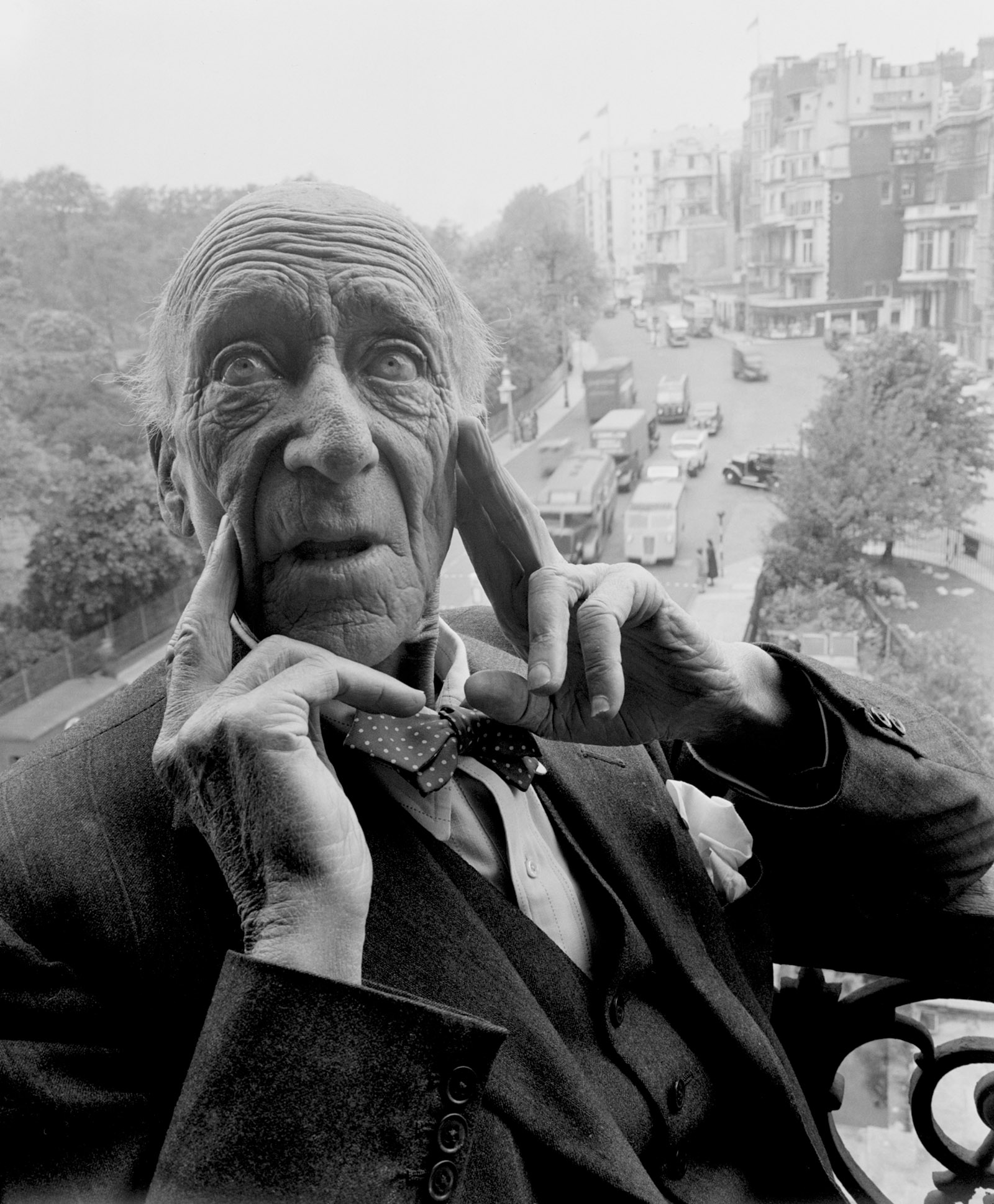Tag: Wendigo
The supernatural horror of Montague Rhodes James
Far from being classified simply in the context of "hauntology", the stories of Montague Rhodes James, far more than just "ghost stories", anticipated the "cosmic-horror" mythopoeia of HP Lovecraft and Thomas Ligotti, presenting the Horror in “totally other” terms, completely unrelated to anthropomorphism and the typically human physical-corporeal dimension.
Blackwood: the "Panic of the Wilderness" and of infinite distance
Today, 150 years ago, Algernon Blackwood was born, initiator of the narrative genre of "occult detectives" but above all unsurpassed cantor of the psychogeographic poetics of otherness.
Yenaldooshi, the shape-shifting "Skinwalker" of Navajo folklore
skinwalker, “He who walks in the skin,” is an English word that loosely translates the Navajo term Yenaldooshi o Naglooshi, which literally means "with it, walk on all four". Both of these definitions refer to a particular type of "shapeshifter" in Navajo folklore, a sorcerer able to assume the forms of different animals by wearing their skin. The Skinwalkers they can transform into wolf, deer, crow, owl or even into fireballs darting in the sky, but the most recurrent metamorphosis associated with them is that of coyote. The result is a monstrous hybrid that roams the wastelands of the southwestern United States at night, bringing pain and torment to humans. The Skinwalkers they can move at great speed, so much so as to equal a speeding car, but their movements are never completely natural: the footprints they leave on the ground are uncoordinated, and there are those who say they have seen them run backwards, with limbs twisted into impossible positions.
Jack Fiddler, Wendigo's last hunter
(article by Gian Mario Mollar, originally published on Far west)
His name was Ojibwa Zhauwuno-Geezhigo-Gaubow, "He who stands out against the southern sky", and, in the Cree dialect, Maisaninnine o Mesnawetheno, "Man of Style," but the white men of the Hudson Bay Company nicknamed him Jack Fiddler. Born between 1830 and 1840 in the wild and lush land northwest of Lake Ontario, the son of a respected and feared shaman, he himself became the leader and shaman of the Sandy Lake Sucker tribe. At the time of his childhood, the region was deprived of animals and men, as the Hudson's Bay Company, dedicated to the fur trade, had now abandoned the outpost after years of intensive and indiscriminate hunting that had impoverished the territory. The Sucker tribe was thus forced to move further south, to Big Trout Lake, to trade and the young Zhauwuno-Geezhigo-Gaubow he worked for some time as a boatman, to transport furs to the York Factory.
Metamorphosis and ritual battles in the myth and folklore of the Eurasian populations
di Marco Maculotti
The zoomorphic metamorphosis topos is widely present in the folkloric corpus of a large number of ancient traditions, both from archaic Europe (on which we will focus mainly in this study), and from other geographical areas. As early as the fifth century BC, in Greece, Herodotus mentioned men capable of periodically transforming themselves into wolves. Similar traditions have been documented in Africa, Asia and the American continent, with reference to the temporary metamorphosis of human beings in fairs: bears, leopards, hyenas, tigers, jaguars. Sometimes, in some historically documented cases of the ancient world (Luperci, Cinocefali, Berserker) "The paranormal experience of transformation into an animal takes on collective characteristics and is at the origin of initiatory groups and secret societies" (Di Nola, p.12).






